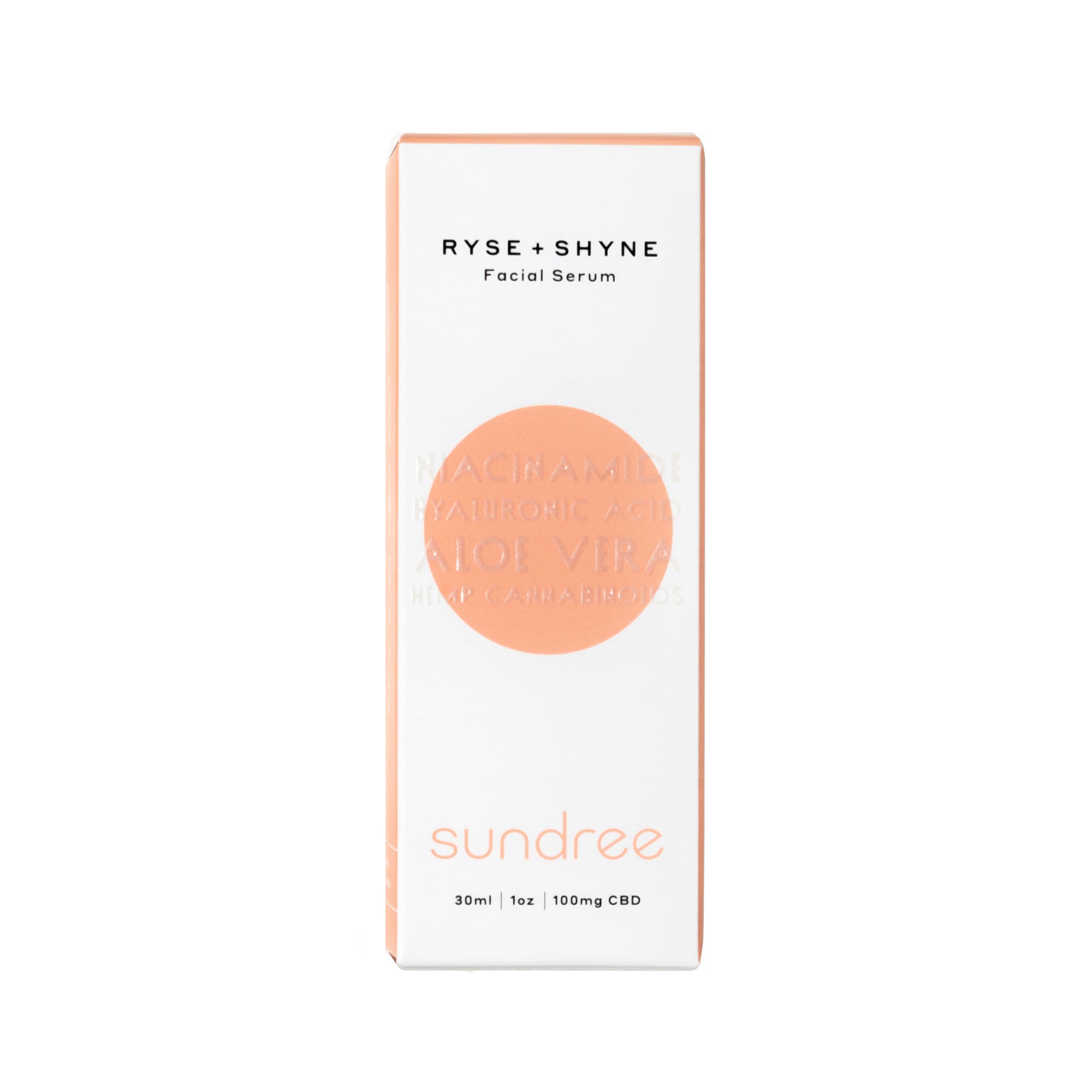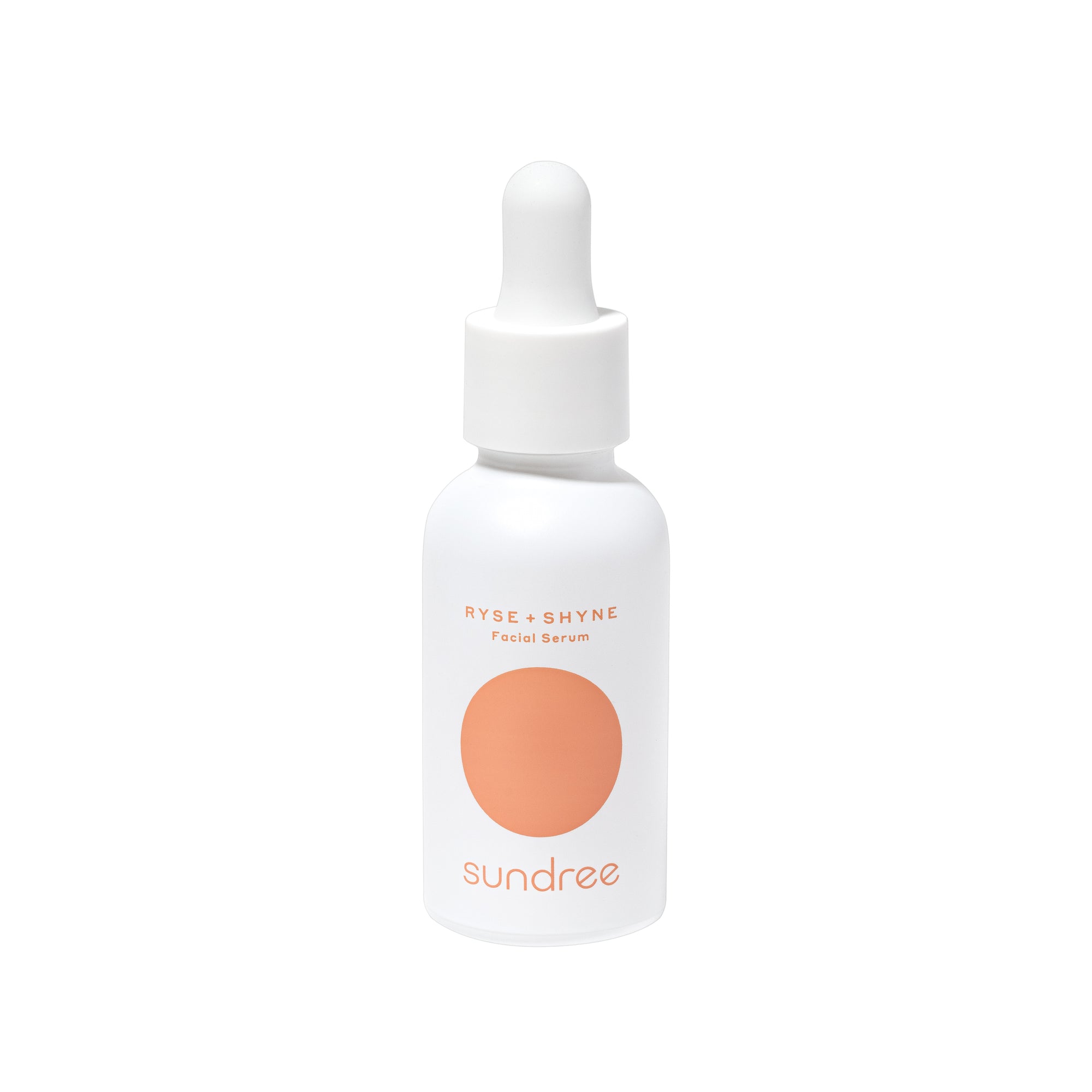Exfoliation is crucial to maintaining healthy and flawless skin. The significance of exfoliation is undeniable in getting rid of dead, dull, and dry skin to reveal a fresher, plumper, and brighter complexion. That's why there is an unlimited range of exfoliating products specifically designed for different skin types and concerns available in the market. However, the popularity of these products can lead to many exfoliating their skin too often or too much, leading to more harm than good.
Nonetheless, it can be confusing to recognize if some of the signs your skin is portraying, like dry skin, acne breakouts, and flaking skin, are skin issues that require exfoliation or indicators of over-exfoliating the skin. So, how would you know if you need to slough off the dead skin buildup or give your skin a break? Keep on reading to learn more!
Why Your Skin Needs Exfoliation?
Before we go deeper into the details of over-exfoliation, it’s important to understand why the skin needs exfoliation in the first place. Simply put, regular exfoliation is required to keep the skin smooth, soft, and even-toned by drawing out the pileups of dead skin cells from the skin's surface.
Although our skin naturally performs the process of shedding dead skin every 30 days or so, the application of exfoliating products can help to speed up the process. During exfoliation, old skin cells are buffed off from the skin's surface and replaced by newer, healthier, and fresher cells. The formation of new cells aids in removing dull, patchy, and dry skin from the top layer.
How to Exfoliate Your Skin?
Removing the dead and dull layer of dead cells from the skin can be done using physical or chemical exfoliating agents. Also, exfoliating tools, like a washcloth, pumice, brush, or shower puff, can be used to accelerate the elimination of dead skin buildup.
Physical exfoliating products contain granules or beads made of silicone, fruit seeds, coffee, and sugar, to name a few. However, some physical exfoliators can be abrasive and may lead to microtears on the skin, causing inflammation, redness, and scaling.
Chemical exfoliators, on the other hand, comprise of acids or chemicals that help slog away dead skin by dissolving skin cells and impurities on the skin's surface.¹ Chemical exfoliators are divided into two groups; AHAs and BHAs. BHAs are particularly suitable for people with oily skin and acne breakouts. AHAs gently remove dead skin, along with hydrating and rejuvenating the skin.
How Much Exfoliation is Too Much?
Well, how much exfoliation is too much depends on your skin type. So, it’s crucial to determine whether you have oily, combination, or dry skin to decide how often you should be sloughing off your skin and which type of exfoliator will work the best for you.²
For oily skin that's prone to acne breakouts, the excessive amount of sebum can cause a more frequent buildup of contaminants in the pores compared to other skin types. As a result, you may need to apply an exfoliating product specially formulated for oily skin twice a week to keep your skin radiant and healthy.
Since combination skin comes with oily and dry skin characteristics on different parts of the face, it needs to be handled accordingly. Exfoliating two or three times per week can work well for such skin. You may want to exfoliate your t-zone with a product designed for oily skin while other areas of the face with a product formulated for dry skin.
As dry skin feels taught, rough, and flaky due to the lesser amount of lipids or sebum in the skin, it needs an exfoliating product with hydrating and soothing properties that don’t strip the skin of its moisture. Because dry skin is more susceptible to dullness, scaling, and discoloration due to dryness, you may not need to exfoliate it as often as oily or combination skin type. Using a gentle and hydrating exfoliating product once a week should be enough to do the job.
Signs of Over-Exfoliating the Skin
Over-exfoliating the skin is one of the biggest skincare mistakes you might be making. You may only need to exfoliate your skin once or twice a week, depending on your skin type and condition, to stimulate cell turnover without damaging the skin. Doing it more often may turn out to be your worst skincare nightmare. If you’ve been doing it more frequently, there’s a good chance your skin is in dire need of a break.
But how would you know if you’re overdoing exfoliation in your skincare routine? Here are a few signs of over-exfoliation that can indicate if you’re going overboard on your exfoliating products:
- Redness and inflammation
- Irritation, itching, and burning
- Acne breakouts and small bumps
- Dryness and flaking
- Rash-like skin texture
- Red or dark patches
- Hypersensitivity (to the sun and skincare products)
One of the most challenging markers of overdoing exfoliation is identifying if your skin is shiny due to dryness and tightness or a glowing complexion. Many of us may consider it a sign of a glowing complexion. However, the fact is that healthy and glowing skin appears plump, hydrated, and soft instead of tight, dry, and waxy. Sometimes, increased sensitivity of the skin can make it feel painful.
It’s imperative to know that when the above-mentioned symptoms are present for an extended period, they can lead to severe skin damage, loss of elasticity, discoloration, fine lines, and wrinkles.
How to Manage Over-Exfoliated Skin?
Now that you know how to identify the signs of over-exfoliating. The next and most important question to ask is what to do when you know you’ve been over-exfoliating your skin. The following are a few steps you can take:
- You first need to stop using exfoliating products on your skin and allow your skin to heal and return to its original condition and texture. The point is to wait for the signs of over-exfoliation, such as irritation, redness, acne breakouts, and peeling, to fade away.
- You can apply a cold compress to soothe the skin due to over-exfoliation. A cold compress can reduce burning, itching, and redness on the skin. If your skin is raw or injured, be careful while applying anything to the skin.
- If you’ve been using drying or foaming facial cleansers, chemical or physical exfoliators, or retinol skincare products, stop using them. Swap your drying or fragranced cleanser with a milder, soothing cleanser. Also, switch to gentle, alcohol-free moisturizing lotion, cream, or gel.
-
If your skin is irritated or damaged to the point of being raw, red, and scaly, use a rich, moisturizing, and soothing emollient. Aloe vera gel and hydrocortisone cream are some options to look into. You can also see your skincare specialist for professional advice and help.

- One of the best things you can do for your skin to boost its repair and regeneration process is to add a renewing and hydrating facial serum. A hydrating facial serum with hyaluronic acid, vitamin c, or CBD can effectively soothe the skin and speed up healing. We love using Sundree’s RYSE+SHYNE facial serum to help achieve radiant, soft, smooth skin. This lightweight facial serum is packed with hyaluronic acid, niacinamide, CBD, and vitamin c to help minimize the appearance of pores while soothing skin.
- Be patient while your skin regenerates and returns to its previous shape because it may take some time for your damaged skin to heal completely. Sometimes, it may take an entire cell cycle, which is around 30 days, for your skin to get back on track.
How to Exfoliate the Skin Properly?
To avoid over-exfoliating the skin, it’s imperative to know how to exfoliate correctly. Below are some tips:
- Choose a chemical exfoliating product according to your skin type and issues to remove dead skin and other impurities from the pores. It's usually suggested to exfoliate two or three times a week or follow the instructions on the back of the product.
- If you use a physical exfoliator for dry or sensitive skin, don’t do it more than once or twice a week. Two or three times a week is acceptable for oily skin or acne breakouts, depending on your skin condition and needs.
- When applying a physical exfoliator, take a cautious approach and avoid pulling or rubbing your skin. Use small, gentle circular motions to slough away dead skin cells and contaminants from the skin.
- Assess your skin’s requirements and stick to a schedule for exfoliation accordingly. Overdoing it won’t do anything good for your skin.
Final Thoughts
Exfoliation is essential to a healthy and thorough skincare regimen, just like cleansing and moisturizing the skin. While regular exfoliation can help you achieve and maintain a radiant, supple, and youthful complexion, over-exfoliation can lead to various adverse effects on the skin.³ Therefore, exfoliating the skin as needed for your skin is the best approach to ensuring healthy and smooth skin. In most cases, exfoliating the skin once or twice a week is enough to get rid of dead and dull skin.
Citations:
- Jin, Jenny. (2021). ‘What It Is the Best Chemical Exfoliant for Me?’, Pure Wow, Accessed October 18, 2022. Available at: https://www.purewow.com/beauty/best-chemical-exfoliant
- Sissons, Claire. (2020). ‘How to remove dead skin from the face’, Medical News Today, October 18, 2022. Available at: https://www.medicalnewstoday.com/articles/327394
- Gardner, Stephanie S. ‘Foods for Healthy, Supple Skin, Accessed October 19, 2022. Available at: https://www.webmd.com/beauty/ss/slideshow-skin-foods













